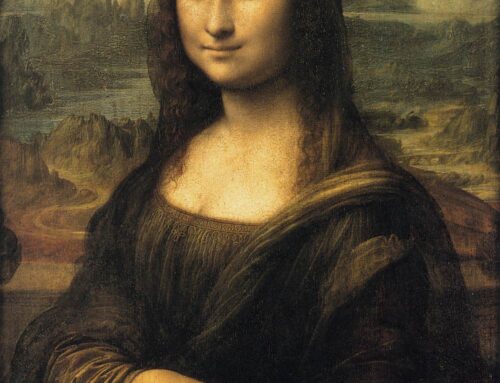How the calendar runs our lives. The time of science in the season of love.
From our London correspondent. 15 February 2016
One of my favorite walks in London is at the Hungerford Bridge, or more precisely, at the entrance to the bridge on the north side of the Thames, near the Embankment. Why this is I cannot tell you, any more than people can tell you the reason for their favorite colour.
I think the spot appeals to me because it is one of circulation: of people moving around the city pursuing their destinations, as they enter and leave the Strand, or go to meet friends on the South Bank. Some wander with apparent aimlessness, lost in thought or to melancholy. I like the view from the foot of the bridge, with a sweep toward Westminster and Big Ben on the right or to Blackfriars on the left, or up and down the river with its motley of boats and barges.
Big Ben, or more generally time, is the reason I’m writing your readers this February. Among the passers-by this past Saturday were two young men, well-dressed, even overly so. One of them looked repeatedly at his wrist. “What is she saying now?” the other asked. “It’s not her,” he replied. “It’s a reminder for tomorrow.” He looked again at his smartwatch. “I don’t know what I would do without this.” “I do,” the other said. “You’d have to remember things yourself, and be less forgetful.” “And a lot happier,” he answered with a short laugh that suggested some truth lay in his remark.
Tomorrow was February 14th. Valentine’s Day. That brief conversation raised the question: how much are we asked, by commerce or loved ones, to celebrate this day? So the store windows get dressed in red, the chocolate shops offer extra assortments, and businesses besiege us with emails, banner ads, and commercials all proclaiming, or insisting upon, our duty to love, or at least to prove our love through efforts at financial transactions.
Really, you might say, these are words spoken by someone single and the cynical. Why not, in mid-winter, before Lent (if people still remember Lent) have a holiday of warmth, a reminder to recognize those we love? My point, or the thought I have just recorded, was in response to the man with his smartwatch. Valentine’s Day is the example, at this moment, of how calendars run our lives, of the way we allow – no, we stand in need – of time to govern us, even when we complain of its tyranny.
I am an idler, a spectator. I do not engage in argument, or seek to overturn the ways things are. I merely observe. After overhearing this conversation near the bridge, on the afternoon of February 13th, I sensed an excitement or anxiety in those around me, a slightly quickened step of the already hurried pace. Time was ticking more loudly. It led to these reflections on our ironies.
We crave free time, leisure, and love, though need to schedule it on our calendars. We should a have a Valentine’s Day for technology, send our mobile devices sonnets and love letters (electronic, of course), since they regulate our time by offering us constant reminders of our obligations, and then by providing us ready distractions from fulfilling them.
We have a grand cultural romance with the science of time in this time of science. We structure our lives to Pomodoro and get notifications not only for, but also during candle-lit dinners. This romance turns software engineers into our poets and Jony Ive into our saint. They tap into our passion for beauty, and we ask them for every more elegant intercessions before Chronos or Father Time. Fools’ errands in the time of reason, which begs us to ask: are we more foolish, “time’s fools,” as Shakespeare’s Hotspur suggests, than our reason would admit?
I am sounding transported, recalling Shakespeare. Yet his sonneteer sounded forth a brave note:
No, Time, thou shalt not boast that I do change;
Thy pyramids built up with newer might
To me are nothing novel, nothing strange;
They are but dressings of a former sight.
Our “smart” devices have taken the place of bell-towers, from Big Ben to the chimes of the Dominicans at Black Friars. The Church, with its feast days, brought liturgy to bear on the times we worked, ate, studied, and made love. The first Queen Elizabeth, with her regal mediation, changed the many religious holidays to secular ones, instilling in her subjects obedience to the new sovereign. But as Jesuits and Puritans reminded her, religion keeps its charge. In our time, we carry the current religion in the palm of our hand or on our wrist.
For another post on calendars, see here
Originally posted 2 March 2016









Leave A Comment